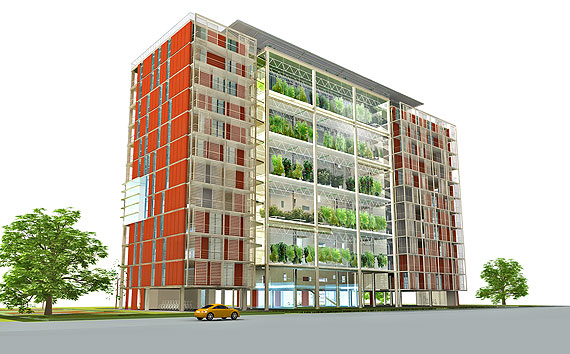Start Solving Global Problem at our Own Backyard
I wrote about Aquaponics before. By producing food locally, we reduce transportation. By using insects and bacteria from nature, we also help reduce waste.
Permaculture is another approach which gets inspiration from nature. [following quote from wikipedia]
In permaculture and forest gardening, seven layers are identified:
1. The canopy
2. Low tree layer (dwarf fruit trees)
3. Shrubs
4. Herbaceous
5. Rhizosphere (root crops)
6. Soil Surface (cover crops)
7. Vertical Layer (climbers, vines)
The 8th layer, or Mycosphere (fungi), is often included in layering.
A mature ecosystem such as ancient woodland has a huge number of relationships between its component parts: trees, understory, ground cover, soil, fungi, insects and other animals. Plants grow at different heights. This allows a diverse community of life to grow in a relatively small space. Plants come into leaf and fruit at different times of year.
I found a gem at the Pirate Bay today and search for permacultur. The short (5 minutes) video talks about how a 10 acre desert land is turned into a food production lot. The video is called "Greening the Desert Permaculture in Action"
Labels: permaculture




